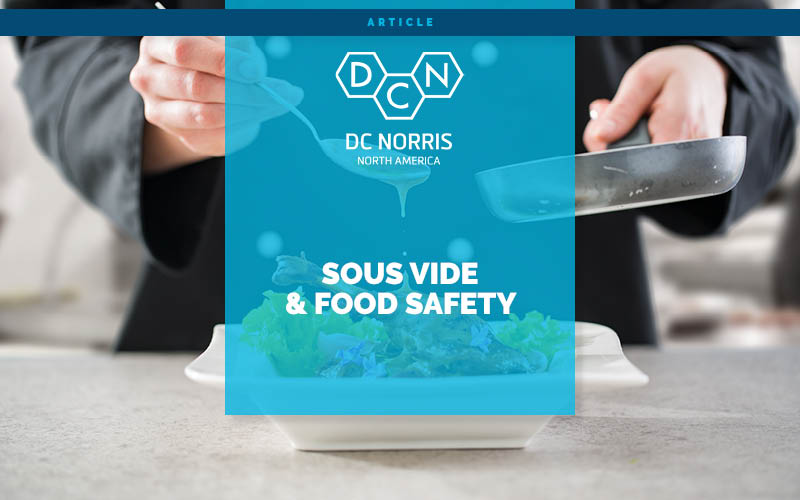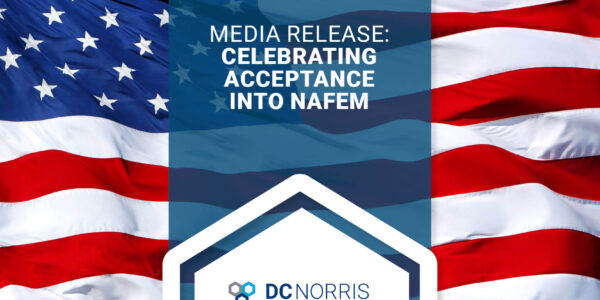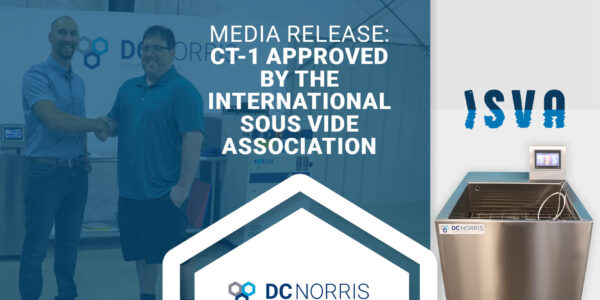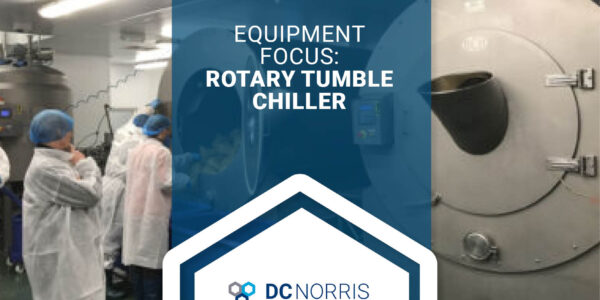Sous Vide and Food Safety
Whether considering adding sous vide to your cooking equipment lineup or already using it as a cooking method – food safety is always a top concern for food producers. The good news is, in many ways, sous vide and food safety can be synonymous. Sous vide has food safety benefits with very few drawbacks making it a popular cooking method for both commercial and industrial food producers.
Important Aspects of the Sous Vide Cooking Process for Food Safety
All food processes in commercial kitchens and industrial manufacturing facilities require specific practices to prevent hazards like food-borne illness. Sous vide is no exception.
The commercial sous vide cooking process requires that foods be vacuum sealed. While it’s a process that tenderizes, preserves moisture in foods, and promotes even cooking – it’s also important to follow proper food handling guidelines to avoid food-borne illnesses like salmonella. Vacuum sealing foods creates an oxygen-free (or reduced oxygen) environment in which dangerous bacteria like salmonella and botulism can still grow. Safe handling and proper hygiene prevent this. Conversely, vacuum-sealed foods are less likely to be contaminated by other items in cold storage than those that are not. For producers who use sous vide to cook foods to inventory for later re-thermalization, vacuum sealing imparts an added food safety component in proper chilled storage conditions.
Low-Temperature Cooking & “The Danger Zone”
Between 40°F and 140°F is what food producers refer to as “the danger zone”. This temperature range, above freezing and below boiling, is where food pathogens and bacteria are most likely to grow quickly. The time that foods spend in this temperature zone is also a factor for bacteria growth. The longer foods stay at temperatures in the danger zone, the more likely dangerous bacteria will thrive. Many sous vide recipes hold foods at or above 130°F for an extended period of time – so how do we ensure food safety?
Pasteurization can occur at temperatures as low as 130°F – it just takes more time than at higher core product temperatures. This is why sous vide foods cooked at low temperatures are cooked for long periods of time. Once the core temperature of 130°F (or higher) is reached and sustained for the directed amount of time, foods can then be left to tenderize safely for 24 hours or longer.
In addition to in-package pasteurization, bacterial growth is managed through chilling and cold storage. Foods cooked sous vide for chilling or freezing, as opposed to serving, must be rapidly chilled (in under 6 hours) to temperatures below 39°F and remain there for safe storage. Ingredients that alter pH levels like acids and salt, contribute to a safe extended chilled storage environment.
As with all cooking methods, sous vide for food safety relies on a precise combination of time and temperature.
Eliminating the Chance of Vegetative Pathogen Contamination During Storage
Commonly, foods cooked sous vide are also chilled and/or frozen and stored in the same vacuum-sealed packaging they were cooked in. This eliminates the likelihood of contamination from food handling as well as the likelihood of the foods being contaminated by vegetative pathogens during cold storage.
Learn More About Automated Sous Vide Cooking Equipment
DC Norris has been pioneering the commercial and industrial sous vide cooking space by designing and manufacturing sous vide cooking and cooling systems that ensure product quality and food safety. Tap into our global knowledge and decades-long experience to improve your food production operation. Whether you’re looking for sous vide equipment that can handle up to 120lbs or up to 1,200lbs – DC Norris has the solution for you.



